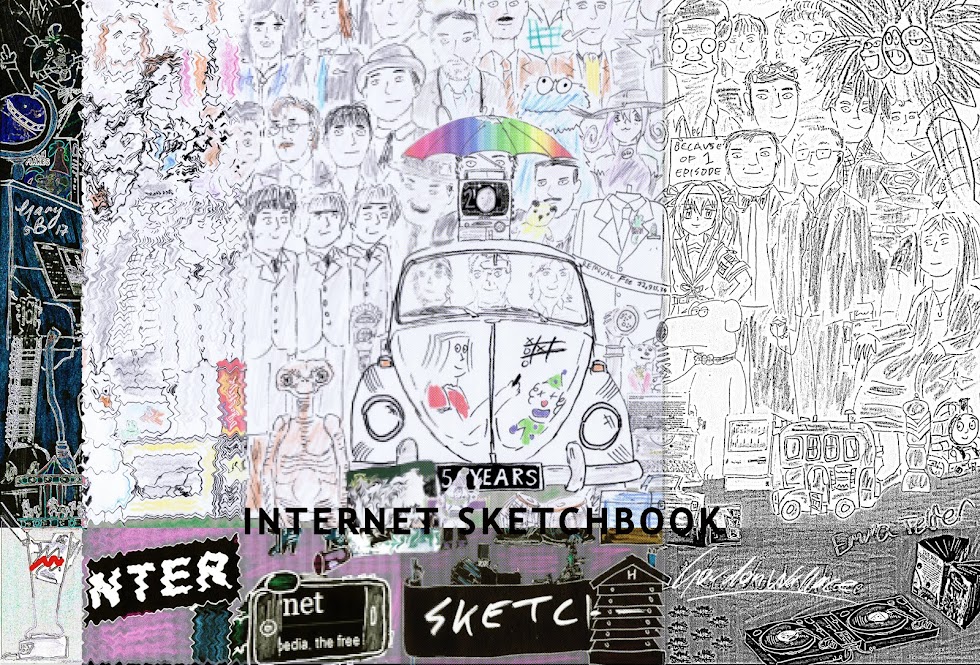And now,
something I promised earlier – my take on backwards history (inspired by The History of the World Backwards).
How could history
run backwards? Let’s begin with the 21st century. The world is a
high-tech heaven, with one-third of the world on-line and over a billion cars
on the roads. People can travel anywhere on Earth in less than a day and have
goods sent from there cheaper than somewhere local. Humans can manipulate
nature right down to its genes and the material world right down to the atom.
It seems a fabulous wonderland beyond the comprehension of any futurist before
1950.
But all was
not well. Some of these technologies proved to be toxic to the Earth, especially
in huge quantities. Heavy metals, non-biodegradable plastics, radioactive waste
and over welling amounts of carbon dioxide were poisoning the life forms of
Earth (including humans) and threaten to change the behavior of the planet’s
climate. But the humans themselves couldn’t do all what was required to fix it,
as they were distracted by squabblings over who is in charge and how they rule,
who owns what bit of land or how much money, how should you lead your life and
which celebrity has recently have a child. While the Earth’s biosphere was on
the verge of breaking down, the most “intelligent” creature on it was almost
doing nothing about it.
The Galactic
Council decided to take action. As an experiment in planetary bio-warfare, the
Master of Life commissioned the creation of a micro-organism that can invade
the brains of intelligent creatures to feed on their thoughts, slowly reducing
the host’s memories and mental capacities. When one was finally perfected to do
so at a very slow experimental pace, a batch was brewed and bottled for an
experimental release.
And so, on 17th
July 2019 some hikers in Yellowstone Park spot a UFO flying over them. They
take photos and video of it on their smartphones and upload them online then
they contact the nearest park ranger. Of course, the park ranger will be
skeptical, like they just saw Bigfoot. Little did they know that what they just
saw will affect them, their life and the lives of their future ancestors.
The spread
of the microbe was slow, with its first hosts been visitors to Yellowstone Park.
But with many visitors from across North America and some from the other
continents, it soon got some global coverage by New Year. A year later virtually
everyone was infected by the unnoticeable microbe and it began its work. One
strange side effect was that the people of the world, after celebrating the
transition from 2020 to 2021 (known as New Year) began to refer to the New Year
as 2020 (the previous year). Humanity was thinking that their times and dates
go in reverse, with the week going Sunday, Saturday, Friday and so on and the months
going December, November, October and so on. Only anything numeral remained
forward, such as the times of the day … except the numbering of the years. As
2020 (which was actually 2021) ended, humanity referred to the new year as
2019. Then the next year as 2018, and so on. With the microbe in their brains,
no one noticed the change, like everyone always did this for all time. But its
varying effects on individuals were beginning to bite and affect the course of
humanity.
It began
with two biggest things humanity on Earth faced – the damage they inflicted to
the environment and the biggest conflict on Earth at the time, the War between
Western secular societies and Religious fundamentalism (and some communism). This
was mostly in the form of former highly Christian countries against fringe
Islamic groups wanting their religion to be practiced right down to the letter
as said in the Koran, but they were other religious groups that were in battle
that were a smaller concern, such as Christens in America who think the bible
is accurate to the letter and anything contradicting to it is wrong (such as
the scientific proof the world was created by a Big Bang). While this was going
on, communism (which had a battering a long while ago) was gaining some strength
again through China’s growing economy and Communist hardliner North Korea
requiring nuclear weapons. What the Islamic fundamentalists and China’s growing
economy had in common was the internet. It was thanks to the boundary-less
frontier of the internet that China was able trade globally (giving American
capitalism a large virtual slap in the face in the process) and religious groups
to spread anti-western and anti-science propaganda. It also allowed anonymous hackers
to play havoc of computer-controlled systems and access secret information and
spread it to the world, like under windscreen wiper flyers on a windy day. It
was dangerous and consumed a lot of power (about 10% of the world’s
electricity). China’s growing economy was fuelled a lot by coal, contributing a
lot of the world’s manmade CO2. Secretly (off paper) the United
States made a decision that’ll truly begin the reversal of history. They couldn’t
have considered it without the influence of the microbe, but they did - they secretly
began to dismantle the internet. Backwards history had begun.














